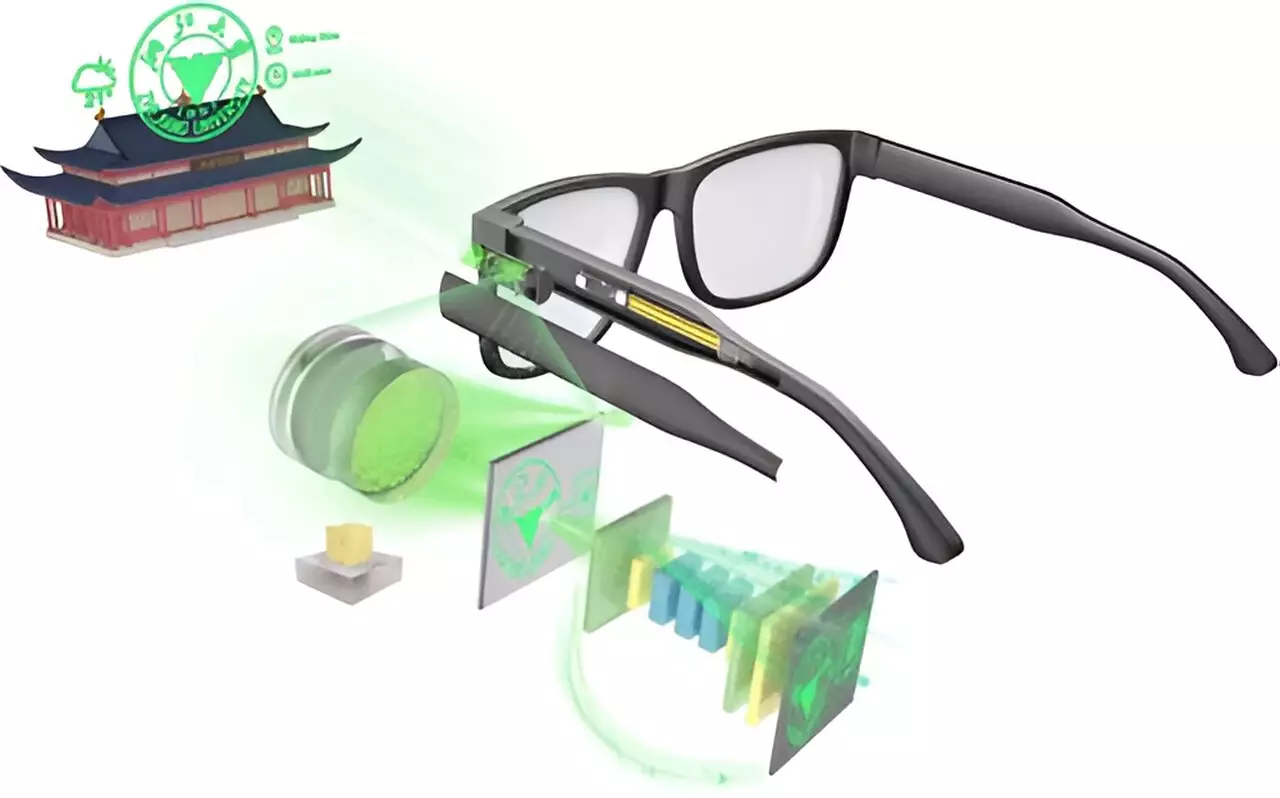Augmented Reality (AR) has fundamentally changed our interaction with digital content, merging the virtual with the real world in ways previously thought impossible. Beyond the realm of gaming, where applications like Pokémon GO captured global attention, AR holds significant promise for sectors like healthcare and transportation. Imagine a surgeon receiving real-time information overlaid on their field of vision during an operation or a self-driving car projecting navigation instructions directly onto the windshield. However, for AR to become a cornerstone of daily technology, its integrating solutions must innovate to be both effective and portable.
Recent advancements reported by researchers at ACS Photonics highlight significant strides in developing high-resolution AR displays. Their goal is to overcome a critical barrier in current AR systems, which utilize bulky components, often rendering them impractical for everyday wear. Traditional AR technologies typically consist of four lenses that, while offering quality imagery, are cumbersome and make it challenging to produce lightweight, wearable devices. Ma and his team have presented a groundbreaking approach: a hybrid optical design that streamlines multiple technologies into a more compact form factor.
At the heart of this technological advancement is a unique combination of a metasurface and a refractive lens paired with a microLED display. The metasurface—created from an ultrathin layer of silicon nitride—serves as the first point of light manipulation. Its intricate patterns effectively shape and focus light emitted from an array of microLEDs, drastically enhancing image clarity. Subsequently, this light is fine-tuned using a synthetic polymer refractive lens that sharpens the image while minimizing visual distortions.
This innovative design not only reduces the size of the AR system but also maintains remarkable image quality. By employing sophisticated computer algorithms, the researchers are capable of detecting and correcting imperfections before the projected light escapes the microLEDs, ensuring the final output remains sharp and engaging.
The results garnered from testing this eyeglass prototype reveal less than 2% distortion over a generous 30° field of view—comparable to existing AR systems with significantly more optical components. Of particular note is the improvement in structural similarity of projected images. The reprojected image of a red panda demonstrated a notable 74.3% correlation with the original, marking a 4% enhancement from the unprocessed projection.
These breakthroughs suggest that the development of full-color AR glasses is within reach. By refining this compact AR system, the possibilities extend to various consumer applications, from entertainment to education, fundamentally reshaping how we blend digital visuals with our surroundings.
As the field of AR continues to evolve dramatically, the combination of lightness and high-quality imaging could catalyze widespread adoption. With ongoing research and rigorous testing, we are likely on the brink of a new era in AR technology, one where immersive experiences are as accessible as a pair of stylish eyeglasses, transcending entertainment and redefining our interactions with the real world. The journey toward functional, everyday AR is promising, and the advancements discussed not only signal hope for the future but also reflect the innovative spirit driving this transformative technology.

